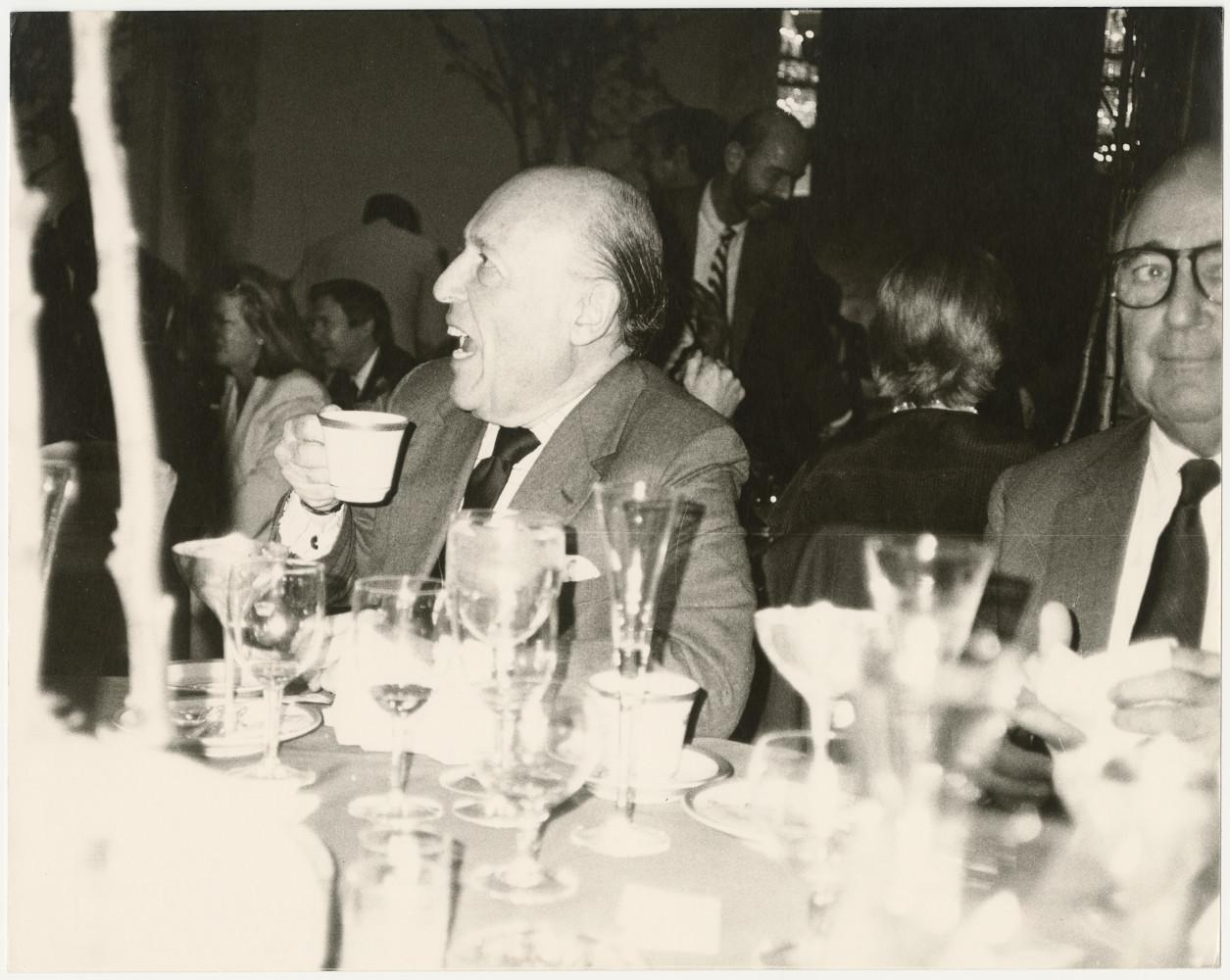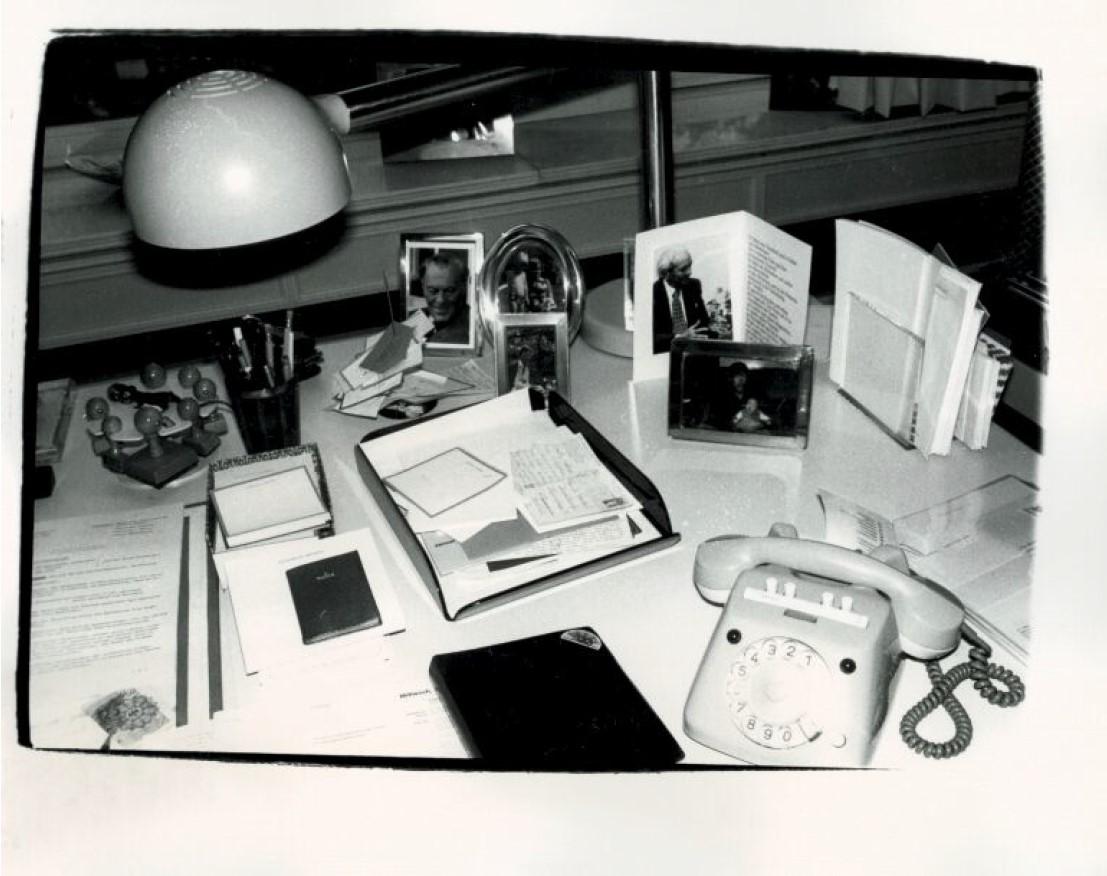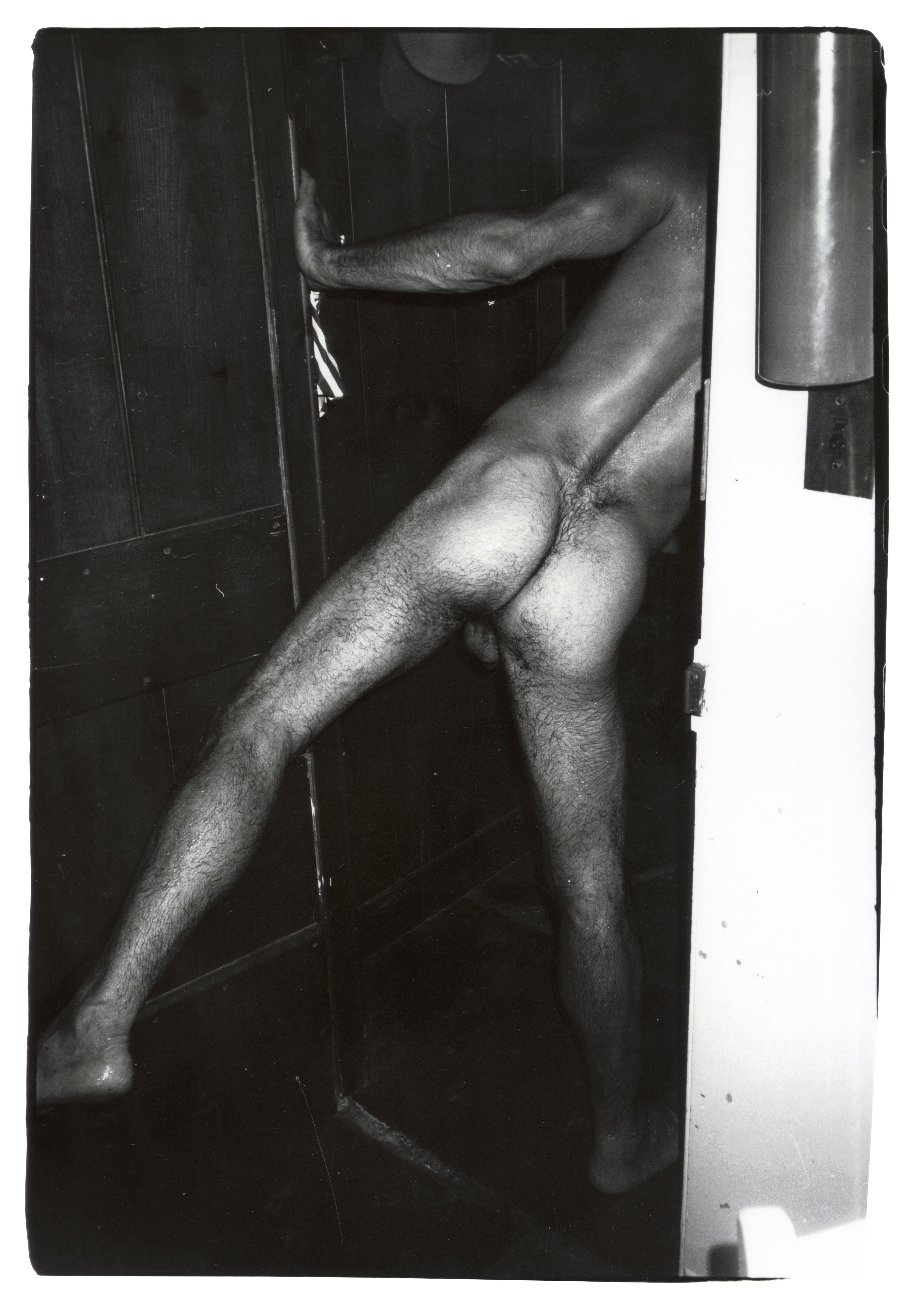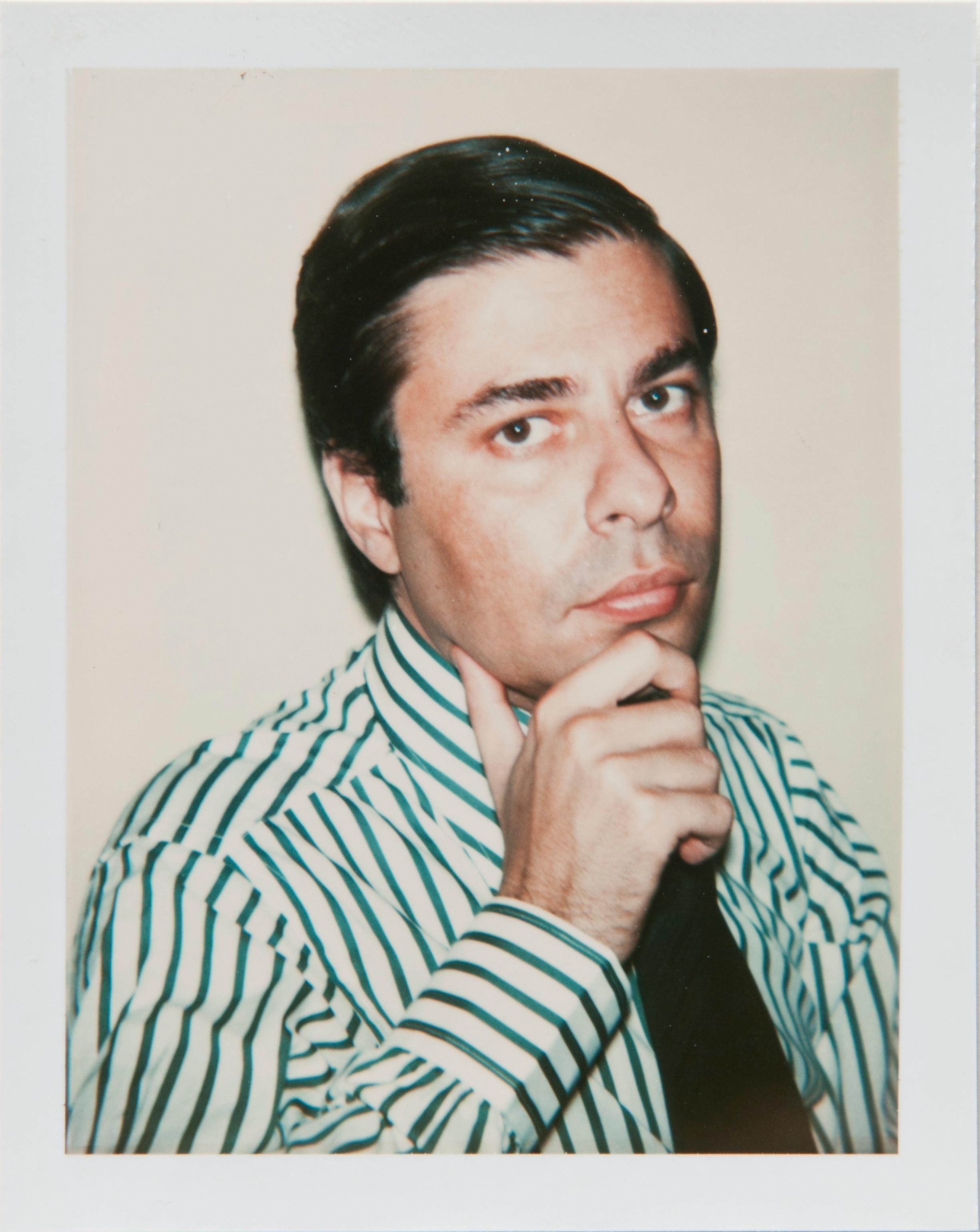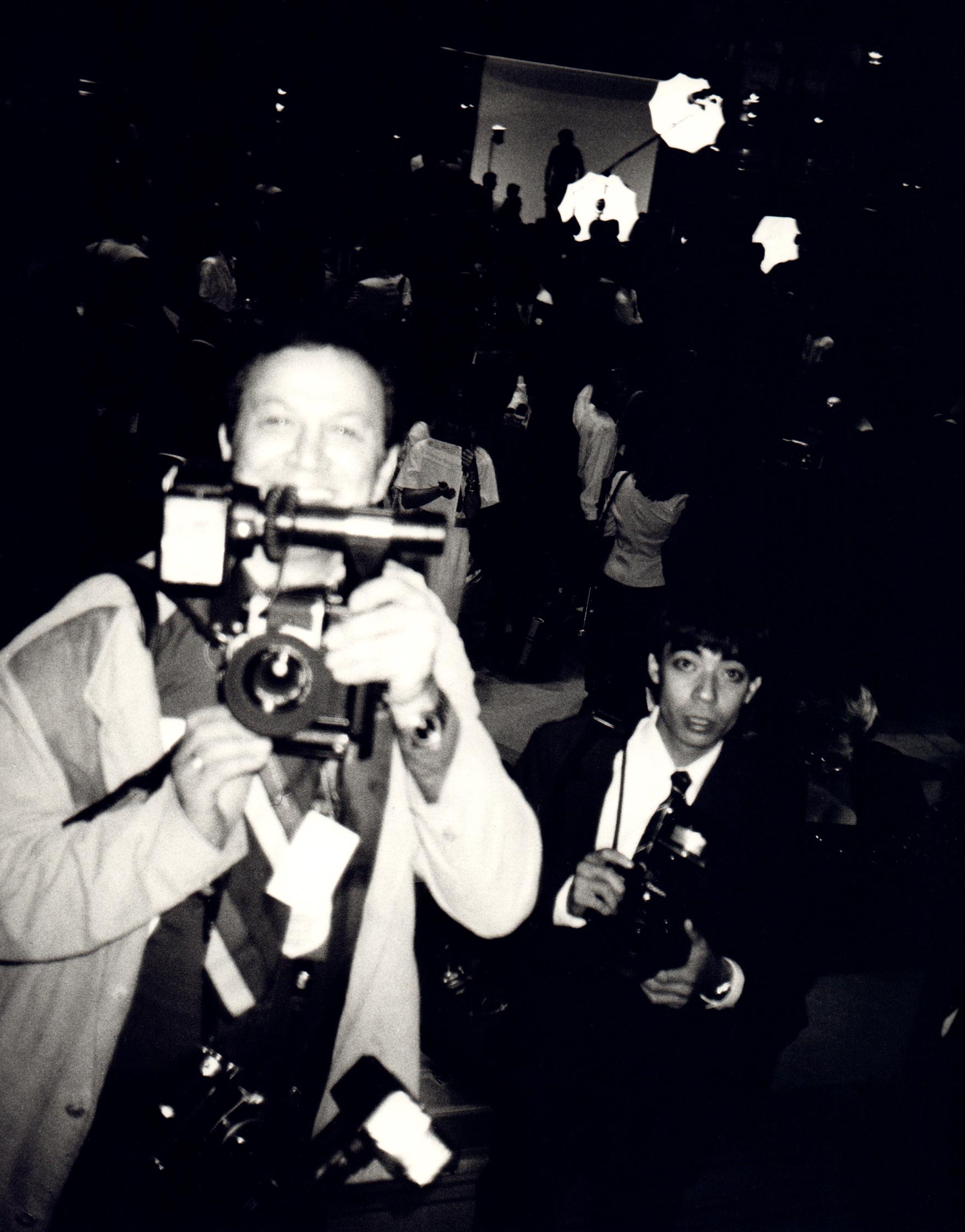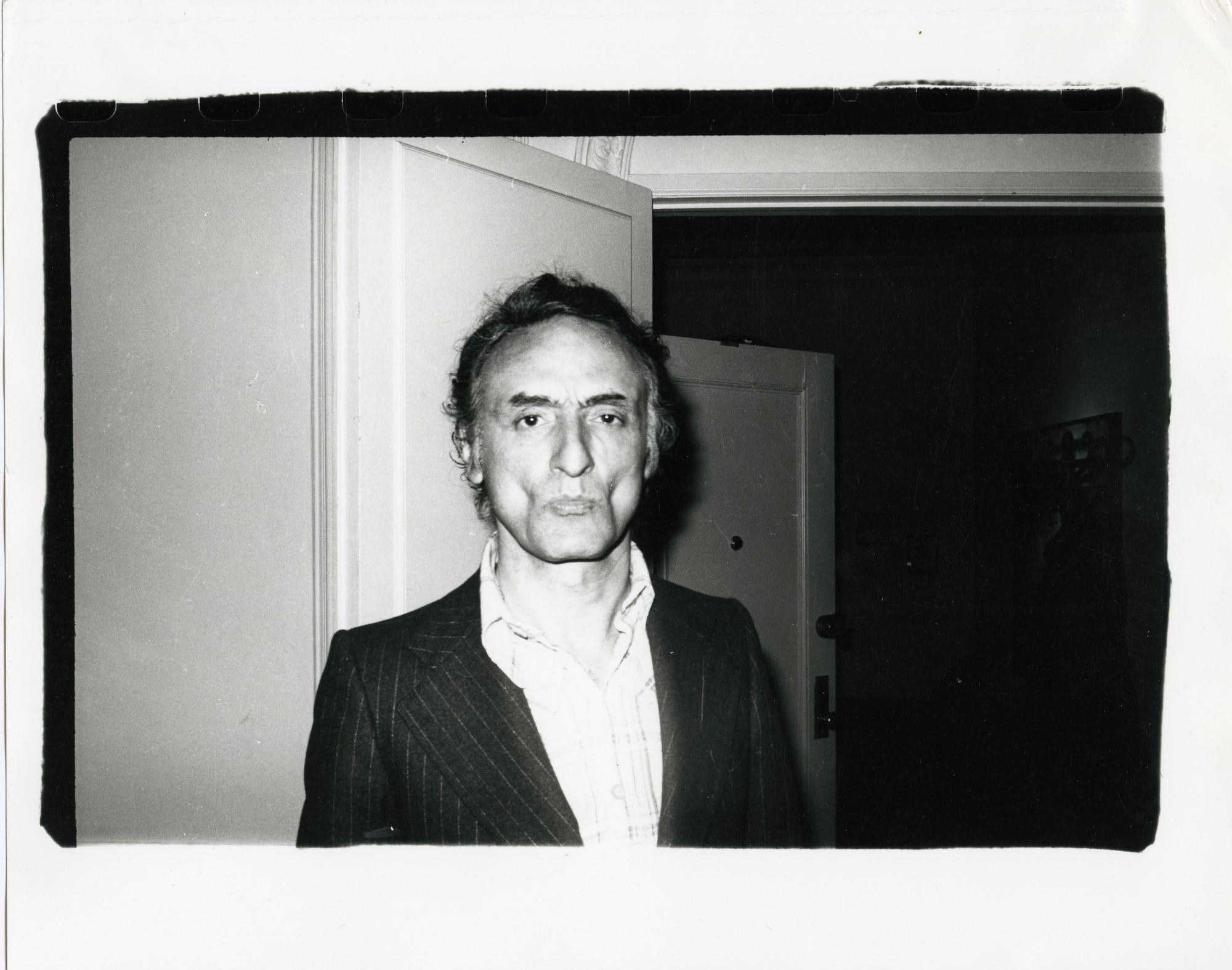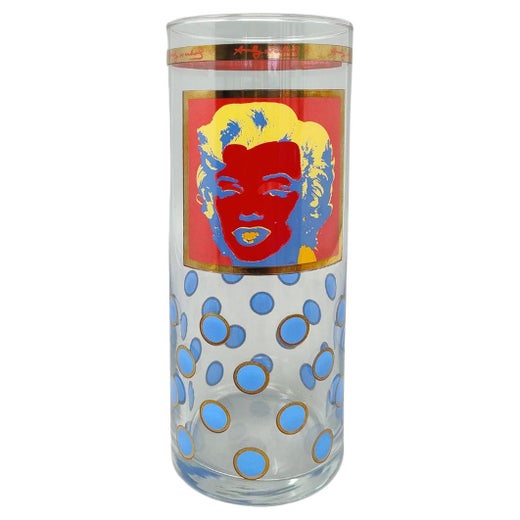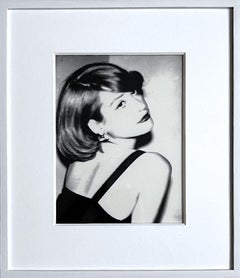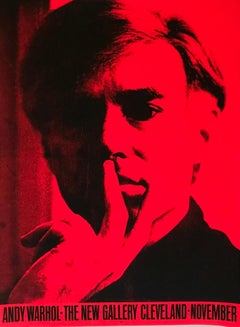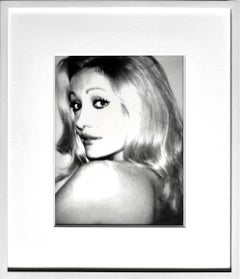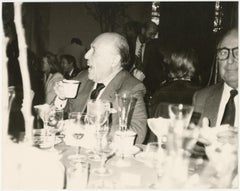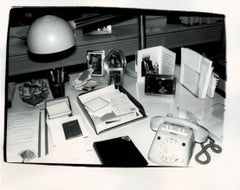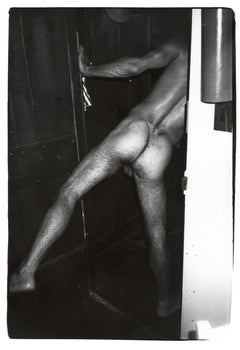Andy WarholIvan Karpca. 1975
ca. 1975
About the Item
- Creator:Andy Warhol (1928 - 1987, American)
- Creation Year:ca. 1975
- Dimensions:Height: 11.75 in (29.85 cm)Width: 9 in (22.86 cm)
- Medium:
- Movement & Style:
- Period:
- Condition:This work is unevenly cut by Andy Warhol, exactly as he brought it to the Lowells. There is also glue applied by Andy Warhol himself or his helpers, and perhaps natural age buckling.
- Gallery Location:New York, NY
- Reference Number:1stDibs: LU1745212807632
Andy Warhol
The name of American artist Andy Warhol is all but synonymous with Pop art, the movement he helped shape in the 1960s. He was phenomenally prolific, and the archive of original photography, prints, drawings, paintings and other art that he left behind is beyond vast.
Andy Warhol is known for his clever appropriation of motifs and images from popular advertising and commercials, which he integrated into graphic, vibrant works that utilized mass-production technologies such as printmaking, photography and silkscreening. Later in his career, Warhol expanded his oeuvre to include other forms of media, founding Interview magazine and producing fashion shoots and films on-site at the Factory, his world-famous studio in New York.
Born and educated in in Pittsburgh, Warhol moved to New York City in 1949 and built a successful career as a commercial illustrator. Although he made whimsical drawings as a hobby during these years, his career as a fine artist began in the mid-1950s with ink-blot drawings and hand-drawn silkscreens. The 1955 lithograph You Can Lead a Shoe to Water illustrates how he incorporated in his artwork advertising styles and techniques, in this case shoe commercials.
As a child, Warhol was often sick and spent much of his time in bed, where he would make sketches and put together collections of movie-star photographs. He described this period as formative in terms of his skills and interests. Indeed, Warhol remained obsessed with celebrities throughout his career, often producing series devoted to a famous face or an object from the popular culture, such as Chairman Mao or Campbell’s tomato soup. The 1967 silkscreen Marilyn 25 embodies his love of bright color and famous subjects.
Warhol was a prominent cultural figure in New York during the 1960s, ’70s and ’80s. The Factory was a gathering place for the era’s celebrities, writers, drag queens and fellow artists, and collaboration was common. To this day, Warhol remains one of the most important artists of the 20th century and continues to exert influence on contemporary creators.
Find a collection of original Andy Warhol art on 1stDibs.
- ShippingRetrieving quote...Shipping from: New York, NY
- Return Policy
More From This Seller
View All1970s Pop Art Black and White Photography
Mixed Media, Photographic Paper, Photographic Film
1970s Pop Art Black and White Photography
Photographic Film
1970s Pop Art Portrait Prints
Screen
1970s Pop Art Portrait Photography
Photographic Film, Mixed Media
Early 2000s Pop Art Black and White Photography
Photographic Paper, Permanent Marker
1980s Pop Art Portrait Photography
Silver Gelatin
You May Also Like
Late 20th Century Pop Art Black and White Photography
Silver Gelatin
1980s Pop Art Black and White Photography
Silver Gelatin
1980s Pop Art Black and White Photography
Silver Gelatin
1970s Pop Art Portrait Photography
Polaroid
1980s Pop Art Black and White Photography
Silver Gelatin
1970s Pop Art Black and White Photography
Silver Gelatin
Read More
Marianne Faithfull in Photos
The late ’60s it girl was beloved for her personal style as well as her artistic talents.
Andy Warhol and Suzie Frankfurt’s ‘Wild Raspberries’ Cookbook Is an Artful, Fanciful Delight
This set of recipes and original prints might not make you a better chef. But it will make you smile.
